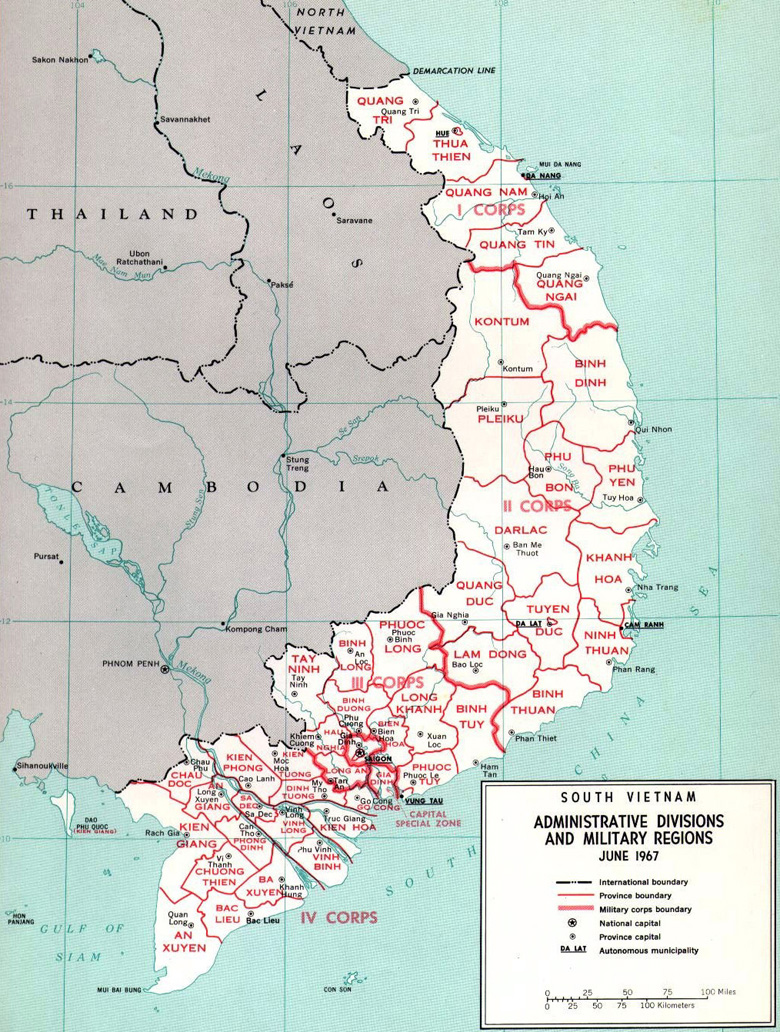
A 1.3 million square feet (120,000 square meters) cargo apron using pierced steel planking, airport facilities and utilities, mess halls, and 25,000 square feet (2,300 square meters) of living quarters were also prepared for use by the USAF. Sharp, CINCPAC, laying the last AM-2 plank on 16 October 1965. The runway was completed in 50 days, with Admiral U.S.G. By September, RMK-BRJ had employed 1,800 Vietnamese workers for the work, over half of whom were women. In mid-1965, the American construction consortium RMK-BRJ was directed by the Navy Officer in Charge of Construction RVN (OICC RVN) to construct a new airfield at Cam Ranh Bay, starting with a temporary 10,000-foot (3,000 m) runway consisting of 2.2 million square feet (200,000 square meters) of AM-2 aluminum matting to accommodate jet fighter-bombers. In April 1965 CINCPAC instructed an engineering survey for a new airfield at Cam Ranh Bay. US military use of Cam Ranh Air Base Map of US facilities at Cam Ranh Bay in 1969 McDonnell Douglas F-4C (S/N 64-770) of the 558th Tactical Fighter Squadron, December 1968 C-7B Serial No 63-9725 of the 535th Tactical Airlift Squadron, October 1971 Army, Navy, Marine Corps and Air Force units all had compounds and units assigned to the Cam Ranh Bay facility from its opening in 1965 until its closure in 1972 as part of the drawdown of United States military forces in South Vietnam.īetween 19, the facility was used by the Soviet Navy and the Russian Navy. It was the major military seaport used by the United States for the offloading of supplies, military equipment and as a major Naval base. It was one of several air bases built and used by the United States Air Force (USAF) during the Vietnam War.Ĭam Ranh Air Force Base was part of the large Cam Ranh Bay logistics facility built by the United States.

Cam Ranh Air Force Base is located on Cam Ranh Bay in Khánh Hòa Province, Vietnam.


 0 kommentar(er)
0 kommentar(er)
